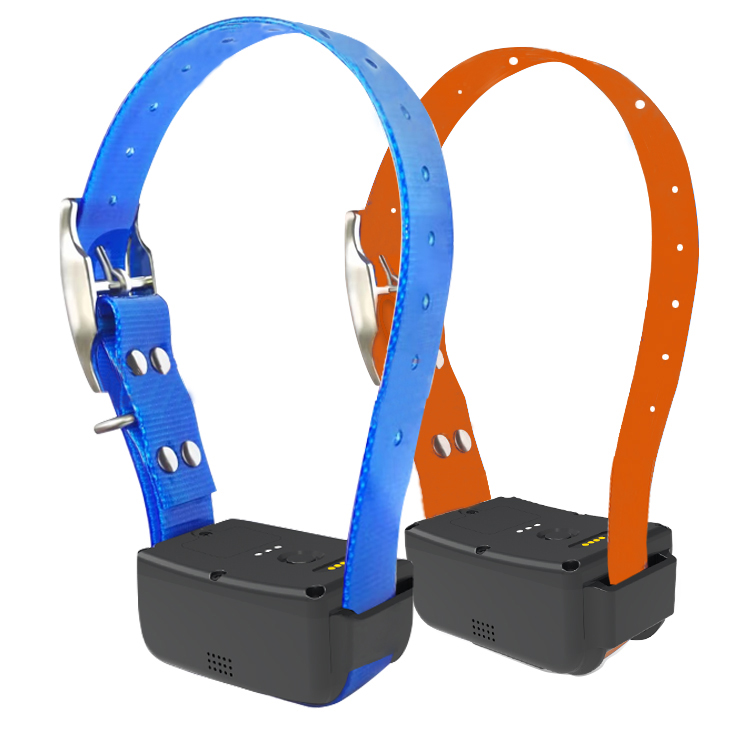The importance of vehicle video surveillance
Release time: 2025-02-14
Vehicle video surveillance, or in-vehicle camera systems, plays a critical role in ensuring safety, security, and efficiency across various industries, especially in logistics, transportation, and fleet management. Below are the key aspects for its importance:
1. Enhanced Safety and Driver Behavior Monitoring
Real-Time Monitoring: Video surveillance allows fleet managers to monitor drivers’ behavior in real time, which can help identify unsafe driving practices, such as speeding, harsh braking, or distracted driving.
Driver Accountability: By capturing footage of the driver’s actions and the surrounding environment, it encourages drivers to follow road safety rules and reduces the risk of accidents.
Driver Training: Recorded footage can be used to train drivers, helping them improve their skills and learn from past mistakes or risky behaviors.
Accident Prevention: The presence of cameras can reduce the likelihood of accidents or incidents since drivers are more likely to stay cautious and comply with safety standards when they know they are being monitored.
2. Evidence for Accident Claims and Liability Reduction
Crash Evidence: In case of an accident, video footage provides critical evidence, which can be used to clarify fault, protect drivers, and avoid costly liability claims. It helps settle disputes quickly by showing an accurate, unbiased account of the incident.
Insurance Claims: Vehicle security camera can assist in insurance claims by providing clear proof of what happened during the accident, helping to speed up the claims process and ensure fair settlements.
Fraud Prevention: Video footage helps prevent fraudulent claims (e.g., staged accidents or false injury claims), which can otherwise lead to significant financial loss for businesses and insurers.
3. Security Against Theft and Vandalism
Theft Deterrence: Visible cameras act as a deterrent for theft or vandalism, as potential criminals are less likely to target vehicles with surveillance systems in place.
Tracking Stolen Vehicles: In case of theft, video surveillance systems can help track stolen vehicles, providing vital clues for recovery and law enforcement.
Cargo Protection: For fleets transporting valuable goods, cameras can monitor cargo areas and prevent theft or tampering during stops, providing added protection for both drivers and assets.
4. Fleet Management and Operational Efficiency
Route and Performance Monitoring: Video surveillance provides insights into driver routes, performance, and interactions with other road users, which helps optimize fleet management. Managers can analyze footage to identify inefficiencies and improve routes, fuel usage, and delivery times.
Time-Stamping and Documentation: Cameras offer accurate time-stamped records of when deliveries were made or incidents occurred, helping with scheduling, route planning, and confirming tasks.
Operational Compliance: Monitoring helps ensure compliance with operational procedures, company policies, and regulatory requirements. This includes confirming that safety protocols are being followed and that drivers are adhering to scheduled rest periods.
5. Legal and Regulatory Compliance
Regulatory Requirements: In certain industries (e.g., transportation of hazardous materials or passenger vehicles), video surveillance may be required by law to ensure compliance with safety regulations. Footage can provide proof that drivers are following required protocols.
Documentation for Audits: Surveillance video can act as a documented record for internal audits or external inspections, helping companies meet legal and industry standards.
6. Incident Investigation and Analysis
Post-Incident Analysis: In the event of an accident or incident, in-vehicle camera video footage provides valuable insights into the cause and nature of the event, helping to improve future risk management strategies. It allows for better incident analysis and understanding of how to prevent similar occurrences.
Behavioral Trends: Analysis of multiple incidents or near-misses can help identify patterns in driver behavior, road conditions, or traffic situations, informing proactive measures to prevent accidents.
Vehicle video surveillance is a crucial tool for enhancing safety, improving operational efficiency, reducing risks, and ensuring security across transportation and logistics operations. It helps businesses protect their drivers, assets, and reputation, all while improving compliance, reducing liability, and fostering trust with customers. With the added benefits of monitoring driver behavior, providing real-time insights, and preventing theft, it is an indispensable component for modern fleet management.


